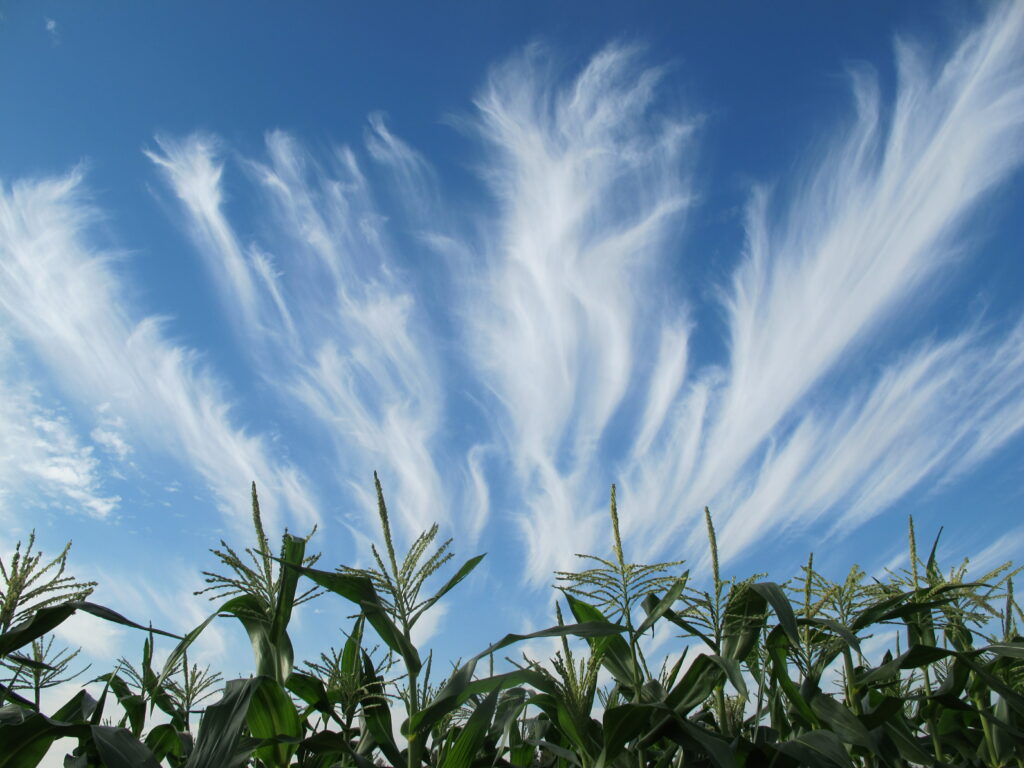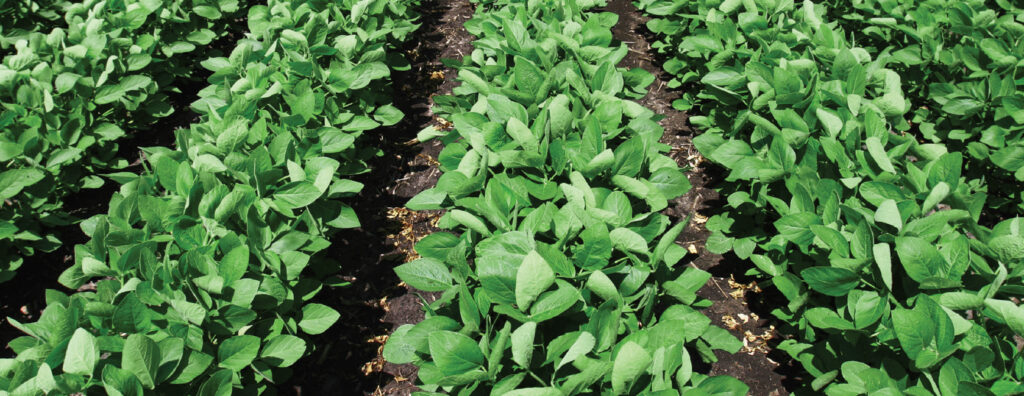New Year Preparations – Changes in delivery dates over the holidays:
The Week of Yom Kippur:
- Monday delivery as usual (October 10th)
- Wednesday delivery moves up to Thursday, October 13th and the ordering system for that Thursday closed on Monday, October 10th.
During Chol HaMoed Sukkot:
- There will be no deliveries, thus you will not be receiving boxes on Monday and Wednesday, the 17th and 19hof October.
On the week after Sukkot and Simchat Torah:
- Monday deliveries move up to Tuesday, October 25th and the ordering system (for that Tuesday) closes on Sunday, October 23rd at 9:00.
- Wednesday deliveries as usual (October 26th)
Open Day at Chubeza In keeping with our twice-yearly tradition, we invite you for a Chol HaMoed “pilgrimage” to Chubeza to celebrate our Open Day. The Sukkot Open Day will take place on Thursday, October 20th, the 18th of Tishrei (third day of Chol HaMoed), between 12:00- 5:00 PM. The Open Day gives us a chance to meet, tour the field, and nibble on vegetables and other delicacies. Children have their own tailor-made tours, designed for little feet and curious minds, plus special activities and a vast space to run around and loosen up. (So can the adults…)
Driving instructions are on our website under “Contact Us.” Please make sure you check this before heading our way.
Wishing you a Chag Sameach and Shana Tova from all of us at Chubeza. We look forward to seeing you all!
_______________________________________________
Oh, The Boxes They Are A-Changing…
Well, autumn has definitely reached us now. In the morning as we start our workday, and once again at the end of our workday as evening descends, we all don long-sleeve shirts. Harvesting greens in the early morning results in wet hands and drenched shoes, as the leaves are soaked with morning dew. The vivid blue skies now boast glimpses of clouds and migrating birds crossing the firmament, and Chubeza’s young beds – home to brand new plants – fill up with weeds at the blink of an eye…. Moshe’s small citrus orchard adjacent to our office is green and orange with clementines, oranges, pomelos and lemons showing off a yellow cheek.
The Hebrew calendar is at one with the rhythm of seasons. The year renews at a time when everything arises from the dead after a long, scorching summer. A host of new beginnings are now awakening in the field, with plants making their first steps as they send their roots within the autumn earth, sustaining a strong gust of late afternoon wind or a sudden heatwave, yet stubbornly sticking around, determined to settle in their new home. Green, tender sprouts cracking open out of seeds buried in the earth now open one eye, getting to know their neighbors: many strange sprouts, some veterans of last season still in the same bed, and others which are weeds wildly celebrating their time of the year! Sometimes when you glance at a bed, the first few minutes are a guessing game of what belongs and what does not, what we keep vs. what we pull out. Who by harvest/who by being plucked…
The autumn veggie “early birds” are already here. The sweet potato is now being picked, and last week the good ol’ kale joined us. This week, you’ll be visited by beets and zucchini, with the carrot waiting in the wings. Another vegetable that relocated to autumn is the green soy that will be visiting regularly over the next few weeks. It’ll be a short visit, as we are experimenting with this vegetable this year. After a few hearty attempts at growing edamame in Chubeza’s early days followed by a few unsuccessful years, due perhaps to the variety of soy we grew or maybe to our flawed timing combined with a difficulty in finding good seeds, we decided to give up. But the edamame’s memory lingered…
This year one of the seed companies we work with suggested we try a better variety of edamame, and we decided to give it another chance. Only one or two beds this time, and we changed the date of seeding. Turns out, green soy is more like green beans, preferring its seeding at the beginning of spring or end of summer/beginning of autumn. In the past, we aimed for growth in the midst of summer’s heat. We thought that was how she liked it. (Wrong.) Which teaches us a lesson about always reexamining presumptions and impressions. This time, the edamame which was seeded in the second half of summer grew strong green bushes now yielding green, chubby pods.
We will be harvesting it in bunches, and you will need to separate the pods from the branches, but this is most certainly a worthwhile task.
In Chinese culture, edamame has been considered one of the five most sacred types of grain for some 5,000 years, essential to Chinese culture (together with rice, wheat, barley and millet). It was actually deemed essential by the legendary Caesar Shennong, the divine farmer, considered to be the father of Chinese agriculture. Its origins are in North China, from a wild plant named Glycine Ussuriensis.
The process of soy domestication, probably one of the first crops to be cultivated by man, began around the 11th century BC. Soy is both food and a medicinal plant. By the first century, soy arrived to South and Central China and to Korea. By the 7thcentury, it could be found in Japan, Indonesia, the Philippines, Vietnam, Thailand, Malaysia, Burma, Nepal and North India. It took till the 18th century to arrive in the West.
It is amazing to ponder what this ancient crop had to endure from the time it was grown in Chinese fields over 5000 years ago, mainly to be used as green manure to improve the soil and improve the earth for future crops. Today soy is also used as glue, dye, synthetic fiber, soap, ink, candles, lacquer, a rubber substitute, and of course, biodiesel fuel. From a sacred and dignified seed to a genetically engineered, labeled, patented prisoner.
Like corn, almost everything we eat contains soy, from baby formula to the popular soy oil, through meat and fish (soy is one of the components in animal and fish food), soy flour in various pastries, soy protein in milk substitutes, soy fibers and soy lecithin in virtually every processed food that requires pasting, inflating and “modeling.” It is almost strange to say that food “contains” soy, as in truth it contains various separated components, taken apart and processed to their final drop of protein. Can this actually be called soy? I don’t know. Too philosophical a question for these days of atonement… To me it sounds more like amputated, soul-less body parts…
But everything starts in the green fields. Soy belongs to the legume or Faboidae family, whose distinguished members include beans, peas, chickpeas, black-eyed peas (lubia) and others. It takes around four months for the plant to fully ripen, harden, dry up and produce brown seeds that look like this:

At this stage they are picked to begin their final journey, during which they will be disassembled, extracted, bloated, fermented, ground, distilled and submitted to other tortures. Some of our plants in Chubeza will also be left to mature to this dry state, but for an opposite aim: to preserve the seeds and produce seeds for next year, which will be planted to yield more green elevated plants that will grow to take their part in improving the soil. Instead of sophisticated processing, we are preserving the simplicity. Instead of disassembling, we are promoting the wholeness of the plants.
But most of our little soy poles are picked when they are green and still deserving of the title edamame (eda- twig, mame- bean).
Soybeans in their natural, original form are abounding in health benefits: they are rich in protein, containing 60% of the recommended daily consumption (and this protein is similar to that of meat). Such protein is responsible for stabilizing blood sugar levels and aids in reducing the risk of diabetes. In addition, edamame contains vitamins C, A and K, and such minerals as iron, magnesium, potassium and calcium. It is rich in dietary fibers (40% of recommended daily consumption) that can latch onto toxins and cleanse them from the body. Soy contains lecithin, which assists in balancing cholesterol levels and can prevent arteriosclerosis. Lecithin is also an important component for weight loss, as it helps break up fats. In addition, edamame contains choline and inositol, elements which improve memory function and the smooth transmission of receptors within the nervous system.
Soy protein also includes sapogenins, renowned for being effective in preventing cancer and cardiac diseases. Edamame is rich in isoflavones, the plant form of estrogen, and can improve such menopause-related symptoms as hot flashes, heart disease and the loss of bone density, specifically in the spine and thighs. In addition, edamame includes a peptide called lunasin which reduces cholesterol levels in the body by both delaying the production of cholesterol and working to reduce the level of “bad” cholesterol (LDL).
Upon its arrival to Western World, soy achieved a place of honor in the realm of natural food, and like many trends, became most admired and considered a “health bomb.” Can billions of Chinese be wrong?
Over the past several years, some controversy has developed between the soy advocates, supported by the good health of Chinese and Japanese (and lots of cash… over 50% of the world’s soy is produced by American companies; over 70% of the products in your local supermarket somehow contain soy) and the scientists who wonder whether so much hormone, even if it is vegetal, is indeed healthy. The latter blame soy for increasing various types of cancer, changes in the function of the thyroid gland, harming fertility and brain activity in men, causing congenital defects and even the early sexual development of girls in Western countries. Part of the blame is placed on the genetic engineering of the majority of the soy grown worldwide (most of which is intended to bolster soy against various herbicides), and the resulting excessive spraying. Although others claim that the fermentation process most soybeans undergo in the Far East to produce such products as tempe, tofu, miso, etc., actually destroys many of its naturally detrimental components, making it safer for use. The jury is still out on this debate, and the evidence is not conclusive enough to make the call.
And once again I am left to ponder the problems of totality, extremism, exaggeration and wholeness, as I share with you the enjoyment of nibbling on some delicious green soybeans, the Oriental snack, and vote for moderation.
Check our recipe section for some great edamame recipes (Heb)!
Before we part, we owe Majdi belated congratulations (missed due to the holiday flurry) on his marriage to his beloved Saffa two weeks ago. May you enjoy many wonderful years of love and partnership together!
Wishing you all a peaceful and safe week, and joyous holidays. See you at the Open Day!
Alon, Bat Ami, Dror, Yochai and the Chubeza team
_________________________________
WHAT’S IN THIS WEEK’S BOXES?
Monday: Coriander/dill/mint (nana), kale/basil, edamame/pumpkin, sweet potatoes/potatoes, cucumbers, corn, New Zealand spinach/ Swiss chard, bell peppers, lettuce, Thai lubia/lubia/okra, tomatoes.
Large box, in addition: Scallions/leeks/onions, beets/zucchini, eggplants.
Thursday: Edamame/pumpkin, potatoes/onions, lettuce, coriander/dill/mint (nana), beets/ zucchini/ sweet potatoes, eggplants/bell peppers, corn, kale/ New Zealand spinach, Swiss chard/ basil, cucumbers, tomatoes.
Large box, in addition: Scallions/leeks, Thai lubia/lubia/radishes, okra/ cherry tomatoes.



